Anything you do in life takes energy; running, lifting weights, farming and even sex. With that being said, the amount of energy you have available will dictate how well you perform in those activity.
I remember working on a farm when I was in high school and all the workers at a huge bowl of rice, pineapple on top, and fish. The amount of rice they ate was just as impressive as how fast they ate. When I asked, “Why do you eat so much rice and pineapple?”
“So we can work hard and fast,” said one of the farmers.
This was before I got into strength and conditioning, and understanding the basics of energy systems. But now that I look back, it made total sense.
Why is it important to understand energy systems?
Because just as mentioned above, it gives you the understanding of what sort of energy (food) will help you get the most of your activity of choice be it running, training with weights, or sitting on your ass doing nothing.
Knowing about these dominant energy systems, will help you determine your needs for performance, recovery, and rest.
Energy is stored in the body in various forms of carbohydrates, fats, and proteins as well as in the molecule creatine phosphate.
When looking at the main energy uses – Carbohydrate and fat act as primary sources of energy, protein contributes a small amount, and Adenosine triphospate (ATP) along with Creatine Phosphate are all forms of usable energy.
Energy Systems 101 Breakdown
As usual, I’ll do my best to keep it simple.
PHOSPHAGEN SYSTEM
This system requires no oxygen, anaerobic, and is used during intense bouts of activity that lasts from 5-15 seconds. For example, it’s highly used at the start of explosive hill sprints, throwing a discus, and performing a single or double of a heavy squat.
It relies heavily on the availability of Creatine Phosphate which is in a limited supply and can be depleted quickly. Once the Creatine Phosphate is depleted, either other energy systems come into play or your rest long enough for the body to restore Creatine Phosphate.
GLYCOLYSIS SYSTEM
Also known as the Lactate Threshold.
This is still considered an anaerobic system (no oxygen used) and provides enough ATP to fuel 20 seconds to 2 minutes of intense activity. Lactic Acid is popularly experienced during these sorts of activity. You know the feeling, when your legs feel like your shoes are filled with cement and your body begins to shut down.
During Glycolysis, Glucose is the essential fuel that is used. Glucose comes from carbohydrates. You know, the stuff that everyone is up in arms against.
I’ll skip the science-y stuff for the sake of this article but as blood lactate levels continue to rise and carbohydrate stores are depleted, the muscles begin to fatigue and performance decreases.
This is very important to understand especially for those interested in activities that rely heavily on performing high intensity work for a medium duration; 200m and 400m sprinters, CrossFitters, Strength Athletes like Strongman, MMA fighters.

AEROBIC SYSTEM
Once the activity extends beyond the glycolysis system, oxygen plays a major role. When you are in the aerobic system, energy production slows down and it requires heavily on the oxygen available in the working muscles.
Here’s an interesting takeaway, the great thing about the aerobic metabolism is the ability to burn fat as fuel. The aerobic system does still use carbohydrates and proteins, but fat stores become the focus.
During prolong activities of low intensity, fat stores are being used to spare the use of muscle glycogen just incase intensity increases and oxygen availability decreased. A great example of this is soccer and rugby.
Energy Systems and Kū Body
A recent project of mine is training towards the Ultimate Kū Body. One that is strong, explosive, and has endurance. An important factor of the project is understanding the energy systems and making sure that you can properly recover and experience continuous progress in strength and performance.
A lot of the programming for this project is inspired by coaches such as Alex Viada, Chad Wesley Smith, Greg Everett, Louie Simmons, and others.
The use of energy systems based on activities will dictate your nutrition in order to have optimal performance. This will have to wait for the next installment of The Ultimate Kū Body Project planning.



